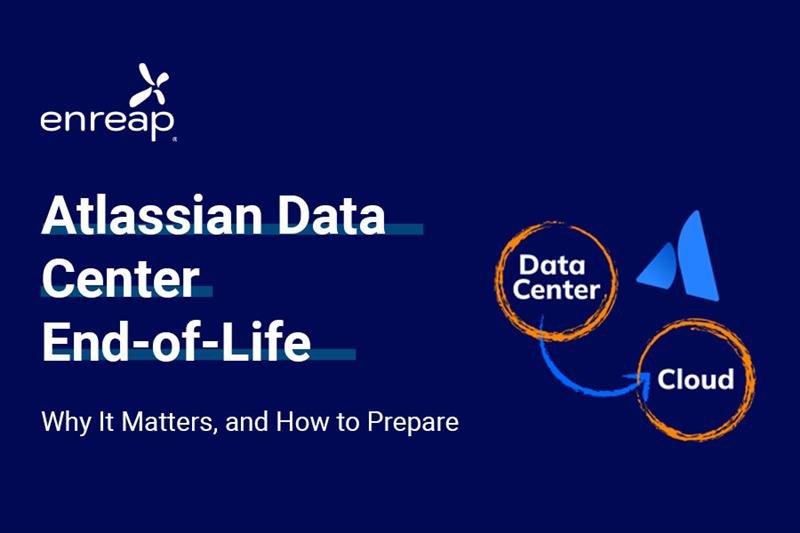In the world of technology, change is the only constant. Every software product, whether a mobile app, a website, or an enterprise system, needs to be periodically updated to meet the businesses’ and customers’ current needs.
However, many organizations renew their software product licenses and assume they will continue to help them meet their business needs. Unfortunately, that is not the case.
This blog will demonstrate the importance of reassessing software needs, the drawbacks of auto-renewals, and alternative software solution options.
The Drawbacks of Not Updating Software
Software applications form the basis of any successful organization today. However, these applications must be updated periodically to satisfy user expectations and meet business goals. Organizations sticking with their software applications without periodic updating or reevaluation can lead to several far-reaching consequences:
- Outdated features can restrict businesses from meeting the market’s and customers’ growing needs. These features do not align with today’s requirements, reducing overall business performance and productivity. They are incompatible with modern APIs and apps and do not keep up with the current ecosystem.
- Security risks are among the biggest dangers of unpatched software. Since today’s attackers use new and sophisticated technologies and means to infiltrate businesses, software applications must be updated with the latest security patches to minimize susceptibility to modern-day cyberattacks.
- Missed opportunities for innovation are yet another risk businesses face when they don’t update their software. Applications with outdated features and capabilities demand higher maintenance and upkeep, causing teams to spend more time on day-to-day administration and troubleshooting and less on business innovation.
The Business Case for Software Re-evaluation
Auto-renewals are often easy for organizations, allowing for continued usage of critical applications to run business operations. However, auto-renewals can lead to unexpected financial commitments, conflicting terms and conditions, and misalignment with business goals.
With business needs and goals constantly changing, automatic renewal can compel organizations to use features no longer aligned with their current objectives. They can also lead to regulatory and compliance risks while negatively impacting user experience and satisfaction.
This mandates careful and detailed software re-evaluation to enhance the organization’s efficiency, competitiveness, and overall effectiveness. Reevaluating software periodically can allow businesses to:
- Leverage new features and enhancements: One of the most significant advantages of revisiting existing software applications is unearthing gaps in features and capabilities and enabling necessary updates and improvements. For instance, a thorough reevaluation of the existing service desk application can empower organizations to introduce AI chatbots for better and quicker issue resolution.
- Update security: Software reevaluation can help businesses better understand security gaps and implement the latest security features and patches. This can help reduce the risk of breaches and vulnerabilities, ensure current regulatory requirements, and avoid fines and legal issues.
- Ensure better compatibility and integration: Reevaluating current software applications can help unearth compatibility issues and integration failures. As organizations embrace new tools and technologies, such re-evaluation can enable them to take steps to improve integration and ensure a seamless and updated user experience across devices.
- Enhance business agility: Software re-evaluation helps businesses enhance their ability to respond to new trends and changes. Organizations can improve business agility and innovation by incorporating cloud and machine learning technologies and more easily support new initiatives.
- Improve user experience: Re-evaluating software also empowers businesses to introduce more intuitive and user-friendly interfaces, increasing user satisfaction and reducing time to accomplish tasks. For example, by introducing more mobile-friendly features, the hybrid workforce can carry out activities on the go and reach business goals faster.
Alternative Software Solutions – The Options at Hand
As organizations look to embrace software solutions that evolve with their business, they have many options at hand. Here are four of the top ways to build new software:
- Develop in-house from scratch: Developing software solutions in-house from scratch is a standard path organizations take to meet their growing needs. While this approach often leverages the team’s deep understanding of current business challenges and future needs, it does not always lead to favorable outcomes.
In-house teams often have several competing priorities, which can get overwhelming. Poor knowledge of the latest technology innovations or industry best practices can result in a software solution that is not up to the mark.
- Embrace out-of-the-box solutions: Many organizations embrace out-of-the-box solutions to meet their business requirements. While these solutions are easy to implement and use, they offer fundamental features and functionalities.
Since different businesses have different needs, these pre-packaged solutions may not align with unique business processes and user requirements, causing ineffective business outcomes and extensive user frustration.
- Customize generic software: Customizing generic software is a plausible option for organizations with unique software needs. Effective customization ensures the software aligns with evolving business requirements, guaranteeing flexibility and scalability.
However, customization is an expensive endeavor and demands extensive knowledge of programming languages and a large team of experienced developers, testers, and project managers. This adds to the cost and complexity of development and ongoing maintenance.
- Outsource software development: Outsourcing software development is another popular route organizations take. Partnering with skilled and qualified experts ensures software is developed (and constantly updated) according to business requirements and grows and scales as needs evolve.
Outsourcing allows organizations to maximize cutting-edge software capabilities without the day-to-day hassle of maintenance and management. Companies can leverage various features and services on demand, reducing overall expenses and focusing on strategic goals.
In Summary
In the ever-evolving technology landscape, businesses must continuously innovate to meet new customer and market needs and strengthen their competitive position. Constantly reassessing software needs is critical to updating existing applications and/or building and implementing new solutions that adapt to trends and requirements.
enreap offers a comprehensive suite of agile and DevOps services, enabling organizations to foster collaboration, boost flexibility, and adapt to tackle evolving business demands. Leverage the power of CI/CD, code quality management, microservices integration, and DevSecOps to keep your software up-to-date and ensure a technology foundation that is robust, secure, and resilient to disruptions.




